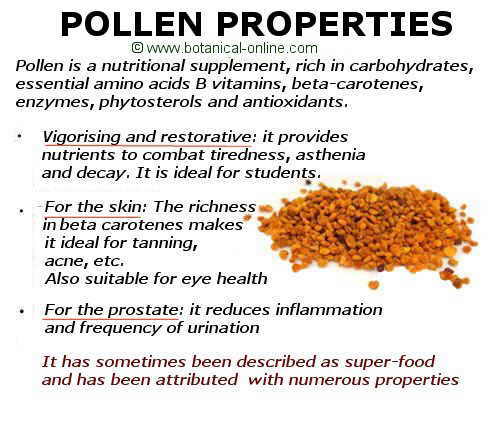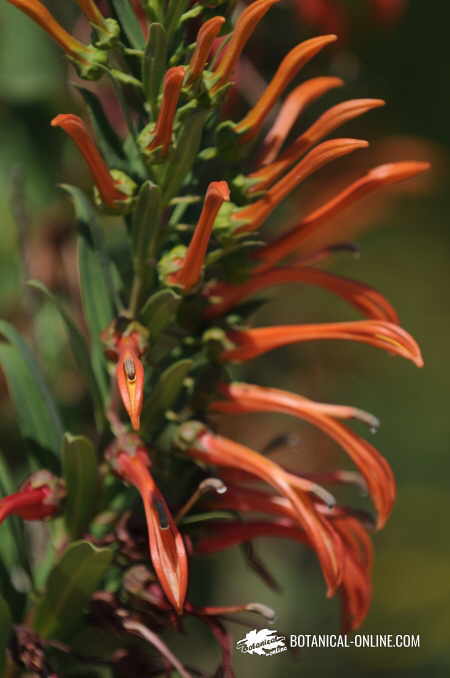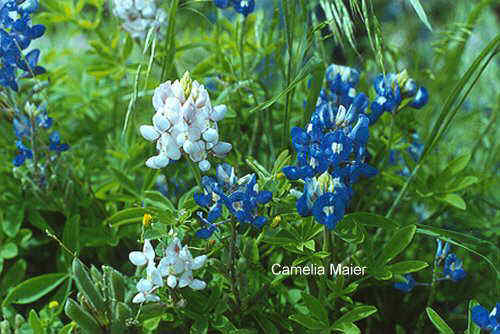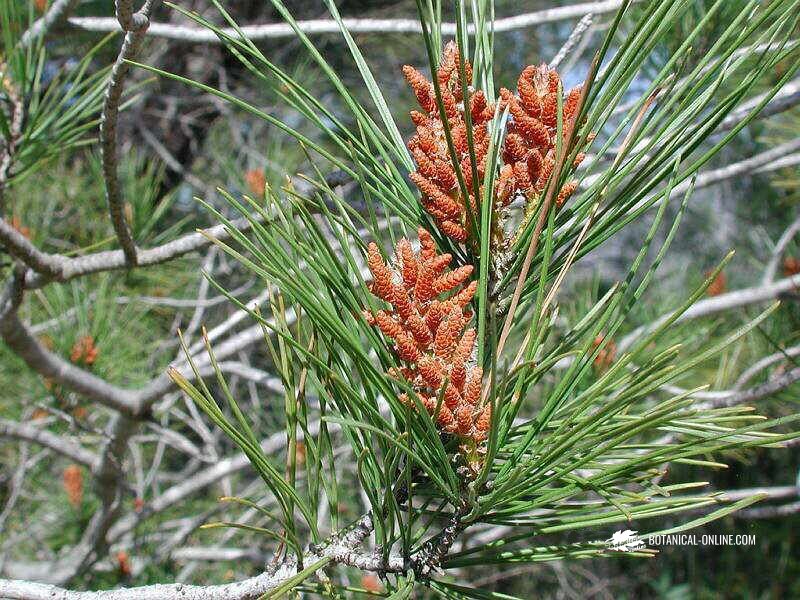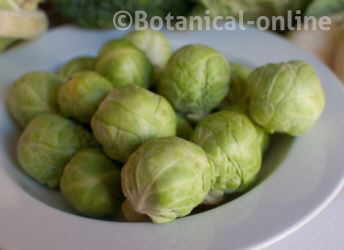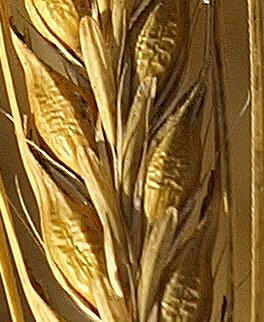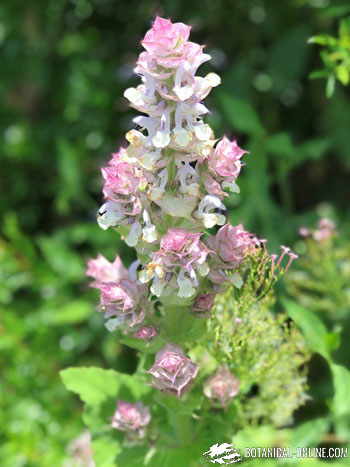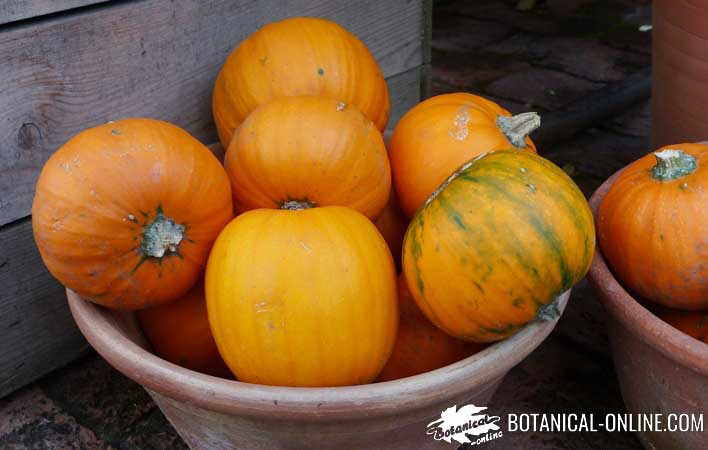Contents
- 1 Phytates as mineral thieves and their possible beneficial properties
- 1.1 What are phytates?
- 1.2 Phytates are considered antinutrients because they “sequester” minerals and decrease their absorption
- 1.3 What role do phytates have in seeds?
- 1.4 Are phytates antinutrients?
- 1.5 Antinutrients especially appear in bran
- 1.6 Eating foods rich in phytates gives indigestion
- 1.7 Phytic acid can be transformed into inositol
Phytates as mineral thieves and their possible beneficial properties
What are phytates?
Phytates are naturally occurring substances in many plant foods, mainly in the seeds of whole grains, legumes and oleaginous nuts. They are attached to the soluble fiber of these grains.
Phytates are considered antinutrients because they “sequester” minerals and decrease their absorption
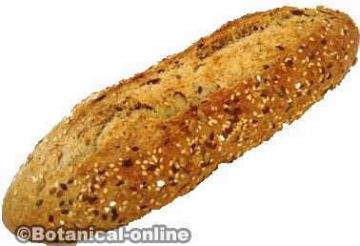
Phytates appear in plants in the form of phytic acid (also called hexaphosphoric acid or myo inositol).
Phytic acid can combine with calcium, magnesium, zinc, iron or manganese and form insoluble complexes in the intestine (called phytates), which cannot be absorbed and that will be eliminated by feces. Thus phytates prevent the assimilation of minerals. For this reason, colloquially phytic acid is called a mineral thief.
Phytic acid (or its salts, phytates) have been considered for many years as one of the main antinutrients of whole grains.
What role do phytates have in seeds?
In plants, phytates are storage forms of phosphorus and minerals. Some plants contain up to 75% of the phosphorus of their seeds stored in the form of phytates.
phytates antinutrients legumes cereals oats nuts
Drawing of foods containing phytates, which are whole wheat bread, legumes, cereals, oats and nuts
During the germination of the seeds, when the grains are hydrated and activated, phytates are transformed into phytic acid by the action of phytases (enzymes), releasing phosphorus, calcium and other minerals (magnesium, zinc, …), which will be used by the seeds during germination and the formation of a new plant.
Are phytates antinutrients?
Naturally rich foods in phytates are nutritious. Phytic acid has been considered for many years as one of the main antinutrients of whole grains. When combined with minerals, such as iron, zinc, magnesium, manganese, copper or calcium, phytic acid is transformed into phytates that sequester these minerals and prevent their absorption.
This substance, phytic acid, has a special attraction to prevent the assimilation of zinc and iron.
It is a well-known contraindication that people with anemia should not consume fiber cereal products or with a lot of bran, such as whole wheat crackers, wheat bran or oat bran, because they decrease iron absorption.
Antinutrients especially appear in bran
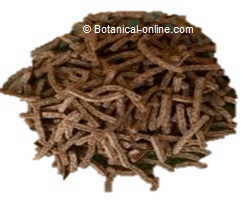
More and more studies show that considering phytates as an antinutrient is an outdated concept.
Phytates that provide food in a natural way, such as brown rice or millet, do not pose a nutritional risk or their consumption implies a deficit of some nutrient, since the diet is able to compensate for the possible mineral loss by phytates, which it is usually minimal.
It has been proven that people who ingest more phytates do not have mineral deficits.
These components pose a significant nutritional problem when consumed in products with cereal bran, which contain too many phytates.
Eating foods rich in phytates gives indigestion
The possible contraindication of foods naturally rich in phytates is that they produce very slow digestions. Because they have the ability to combine with digestive enzymes and inactivate them, eating these seeds can cause indigestion. For example, ingestion of many nuts, or a plate of undercooked vegetables.
Phytic acid can be transformed into inositol
Phytic acid, in chemistry, is called inositol hexakis phosphate or 1,2,3,4,5,6-hexakis dihydrogen phosphate. This phytic acid can be transformed into inositol when it loses phosphorus molecules. Inositol was once considered a vitamin of the B complex, due to its importance for the health of the nervous system.
In order for phytic acid to become inositol, enzymes called phytases, which are found in the seed or in our own intestine (produced by the intestinal flora), break down the phytates.
![]() More information on phytates and antinutrients
More information on phytates and antinutrients

